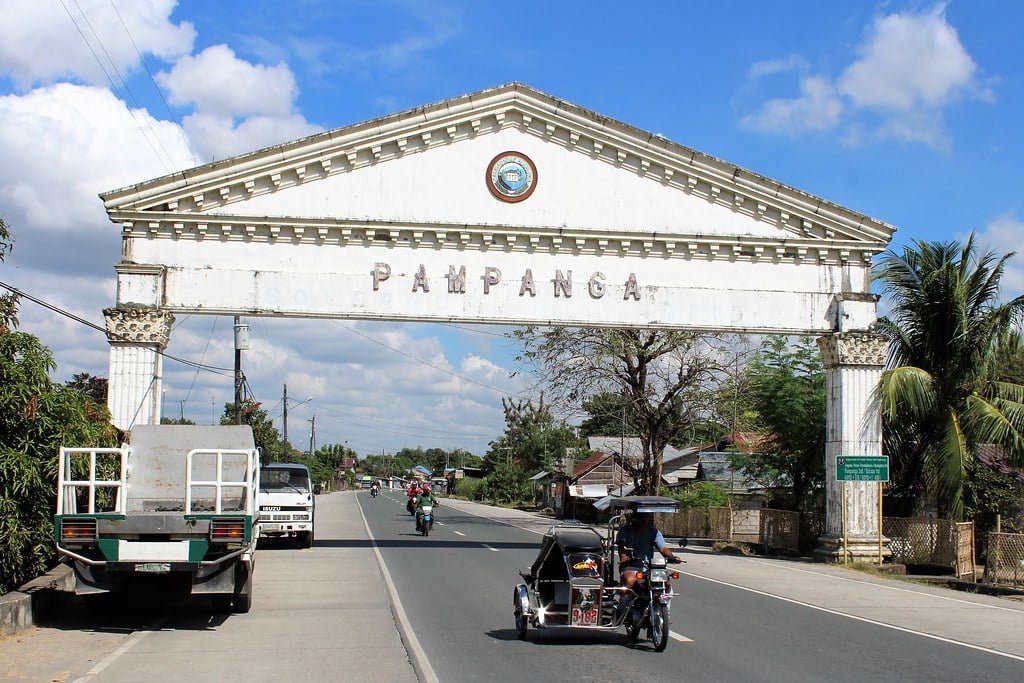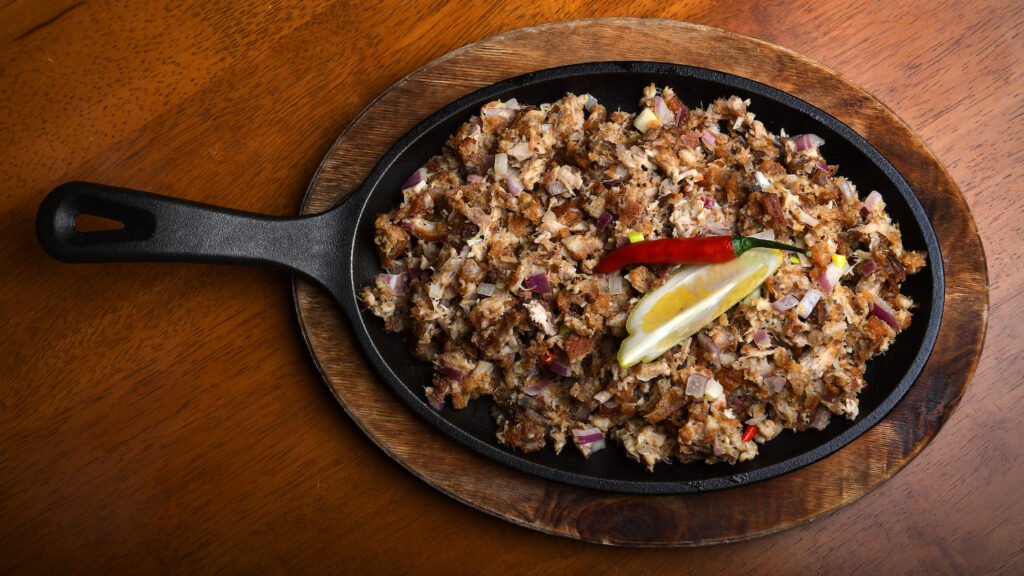Nestled in the heart of the Philippines lies the culinary capital of the country, Pampanga. Known for its rich history and vibrant culture, Pampanga boasts a diverse culinary landscape that tantalizes the taste buds of both locals and visitors alike. Among its many gastronomic treasures, one dish stands out for its unique flavors and cultural significance: sisig.

Sisig traces its roots back to the province of Pampanga, where it emerged as a humble dish crafted from leftover parts of the pig. Legend has it that sisig was born out of necessity, as resourceful locals sought to make use of every part of the animal to minimize waste. What started as a simple peasant dish has evolved into a beloved Filipino delicacy celebrated for its bold flavors and textures.
The exact origins of sisig are shrouded in mystery, but many credit its invention to Lucia Cunanan, a talented cook from Angeles City, Pampanga. In the 1970s, Lucia transformed what was once considered scraps into a culinary masterpiece by marinating pig’s ears, cheeks, and jowls in vinegar, soy sauce, and various spices before grilling or frying them to perfection. Her innovative approach to cooking elevated sisig from a humble fare to a beloved national dish, earning her the title “Queen of Sisig.”

Recipe for Authentic Sisig: While there are countless variations of sisig found throughout the Philippines, the authentic Pampanga version remains unparalleled in its taste and authenticity. Here’s a simple recipe to recreate the savory goodness of sisig in your own kitchen:
Ingredients:
- 500g pig’s ears, jowls, and cheeks, boiled and chopped into small pieces
- 2 onions, finely chopped
- 4 cloves garlic, minced
- 2 pieces red chili peppers, minced
- 1 tablespoon soy sauce
- 3 tablespoons vinegar
- 2 tablespoons calamansi juice (or lemon juice)
- Salt and pepper to taste
- 2 tablespoons cooking oil
- Optional: 2 raw eggs, cracked and beaten (for sizzling)

